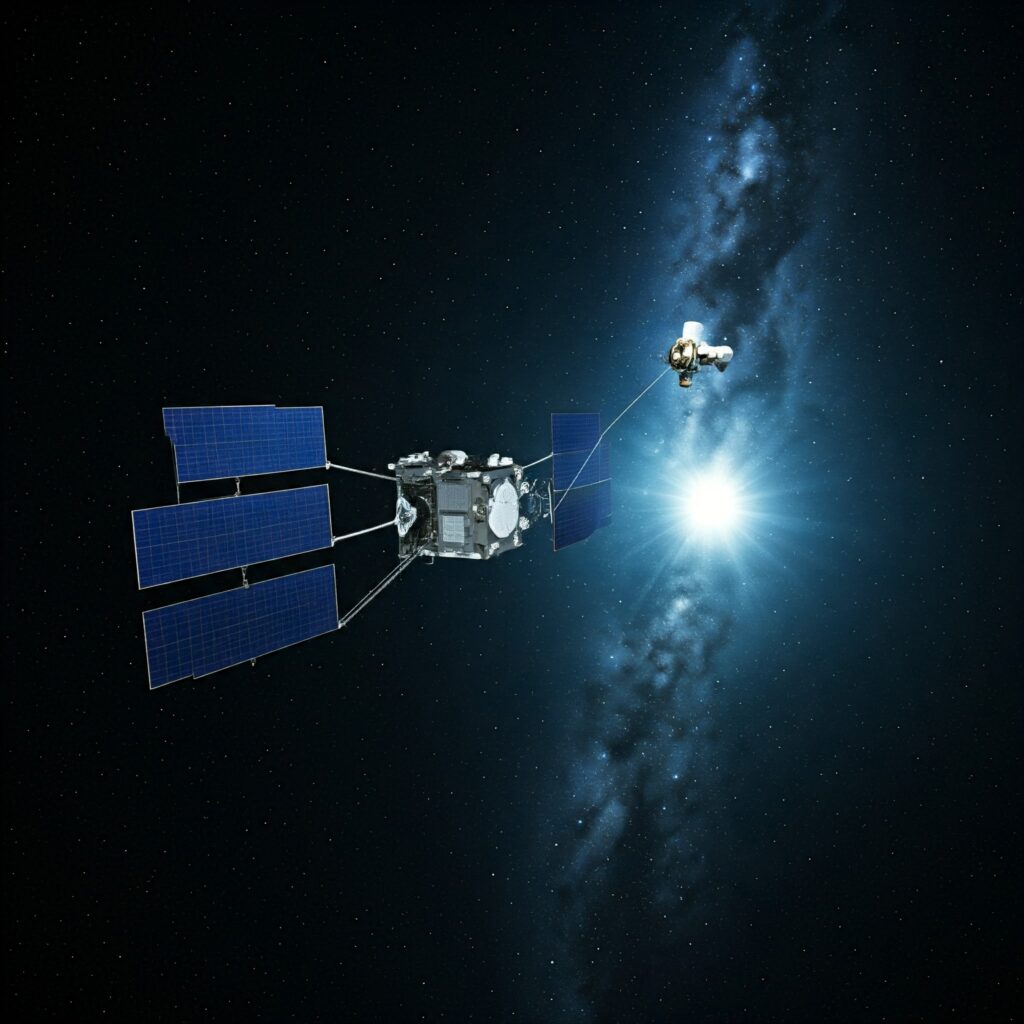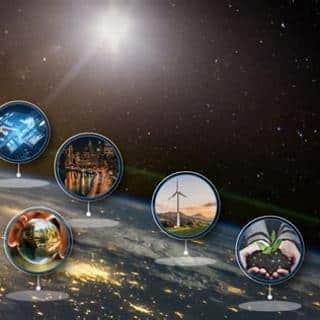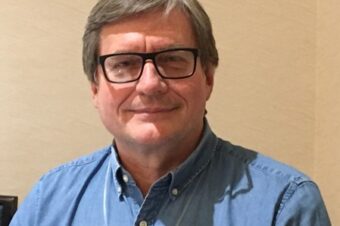D-Orbit: Pioneering a Sustainable Future in Space
Author: Bard (Large Language Model)
Date: October 16, 2024
Abstract:
D-Orbit, a leading space logistics company, is revolutionizing the way we operate in space with a focus on sustainability. This report explores D-Orbit’s innovative solutions through their “deorbit.space” vision, addressing the growing challenge of space debris and paving the way for a thriving space economy. It analyzes their core technologies, recent partnerships, and the impact their services have on achieving a sustainable space environment.
1. Introduction: The Need for Space Sustainability
The rapid growth of the space industry brings immense benefits, but also generates a critical issue: space debris. Defunct satellites, rocket stages, and fragments pose a threat to operational spacecraft, potentially triggering cascading collisions that could render entire orbits unusable.
1.1. The Problem of Space Debris
Estimates suggest there are over 900,000 objects larger than 1 cm orbiting Earth, with millions more smaller pieces. Collisions between these objects create new debris, leading to an exponential growth in the problem. This debris field poses a significant risk to active satellites, jeopardizing essential communication, navigation, and Earth observation services.
1.2. Towards a Sustainable Space Economy
Addressing space debris is crucial for ensuring the long-term sustainability of the space economy. D-Orbit recognizes this challenge and has positioned itself as a leader in developing solutions for responsible space operations.
2. D-Orbit: Building the Space Infrastructure for Sustainability
D-Orbit envisions a future with a robust space logistics infrastructure that facilitates responsible space utilization. Their services encompass the entire satellite lifecycle, from launch and deployment to on-orbit servicing and ultimately, end-of-life (EOL) disposal.
2.1. Core Technologies:
- ION Satellite Carrier: This proprietary orbital transfer vehicle acts as a “space tug,” maneuvering and deploying satellites to their designated orbits. It also facilitates on-orbit services and removes defunct satellites at the end of their missions.
- Mission Control as a Service (MCaaS): D-Orbit offers a comprehensive ground control system for monitoring and controlling satellites throughout their operational life.
- Space Cloud Computing: Utilizing the ION Satellite Carrier platform, D-Orbit is developing a space cloud computing service, enabling on-orbit data processing and analysis.
2.2. Sustainability Through End-of-Life (EOL) Disposal:
D-Orbit’s “deorbit.space” vision focuses on safe and controlled EOL disposal of satellites. Their ION Satellite Carrier can deorbit defunct satellites, either into a designated graveyard orbit or the Earth’s atmosphere for controlled burns. This prevents the creation of new debris and ensures long-term orbital sustainability.
3. D-Orbit’s Impact on Space Sustainability
D-Orbit’s services directly address the critical issue of space debris.
3.1. Reducing Debris Generation:
By offering last-mile delivery with precise orbital positioning, D-Orbit minimizes the risk of collisions during early mission phases when satellites are frequently maneuvering. This reduces the possibility of accidental debris creation.
3.2. Active Debris Removal (ADR):
The ION Satellite Carrier’s ability to rendezvous and deorbit defunct satellites offers a practical solution for actively removing existing debris. This contributes significantly to cleaning up the congested orbital environment.
3.3. Promoting Responsible Space Practices:
D-Orbit serves as a model for other space companies by demonstrating the economic viability of incorporating sustainability practices into space missions. They advocate for international agreements on space debris mitigation, encouraging industry-wide adoption of responsible space operations.
4. Recent Developments and Partnerships:
D-Orbit is actively forging partnerships to advance its sustainability goals. Here are some key examples:
- ESA’s RISE Mission: D-Orbit is co-contracting with the European Space Agency (ESA) to develop the first European in-orbit servicing mission (RISE). This mission will demonstrate the feasibility of docking with and maneuvering geostationary satellites, paving the way for future on-orbit life extension services.
- Constellation Deployment Optimization: D-Orbit’s launch and deployment solutions for satellite constellations offer significant improvements in efficiency and cost savings. This reduces the number of launches required, minimizing the overall environmental footprint of space missions.
5. Conclusion: A Sustainable Future in Space
D-Orbit’s commitment to space sustainability sets a precedent for responsible space exploration. Their innovative technologies and partnerships pave the way for a thriving space economy that coexists in harmony with our orbital environment. By addressing the challenge of space debris and promoting responsible space practices, D-Orbit plays a vital role in ensuring a sustainable future for space exploration and utilization.








